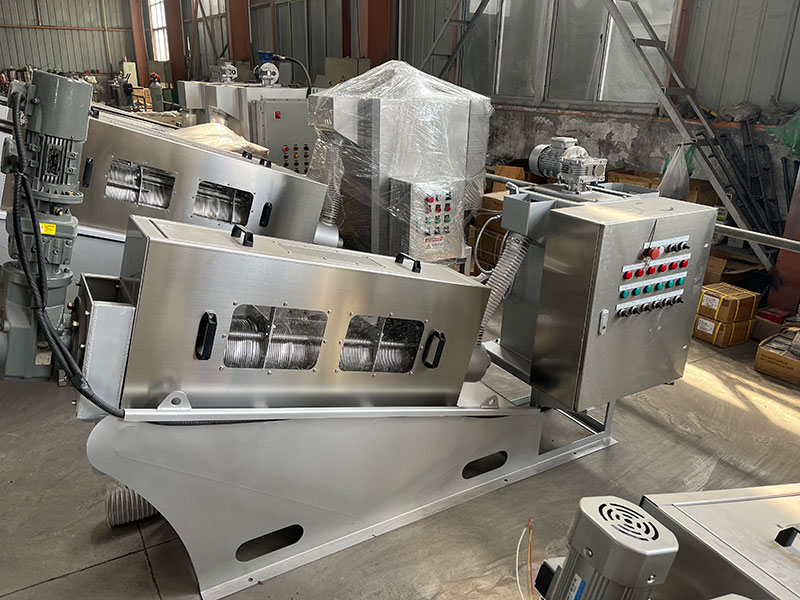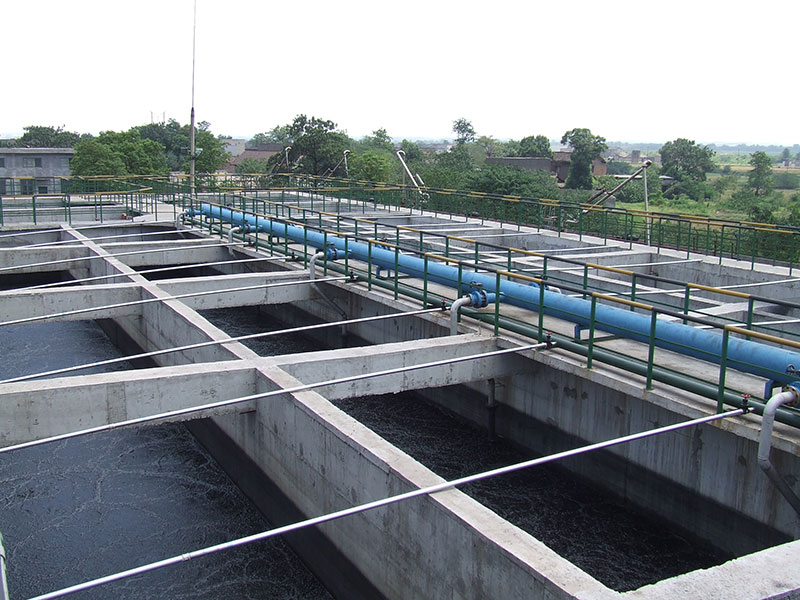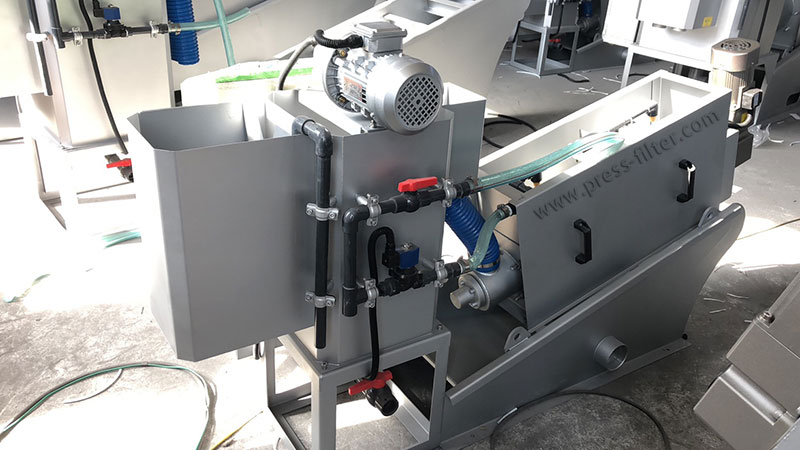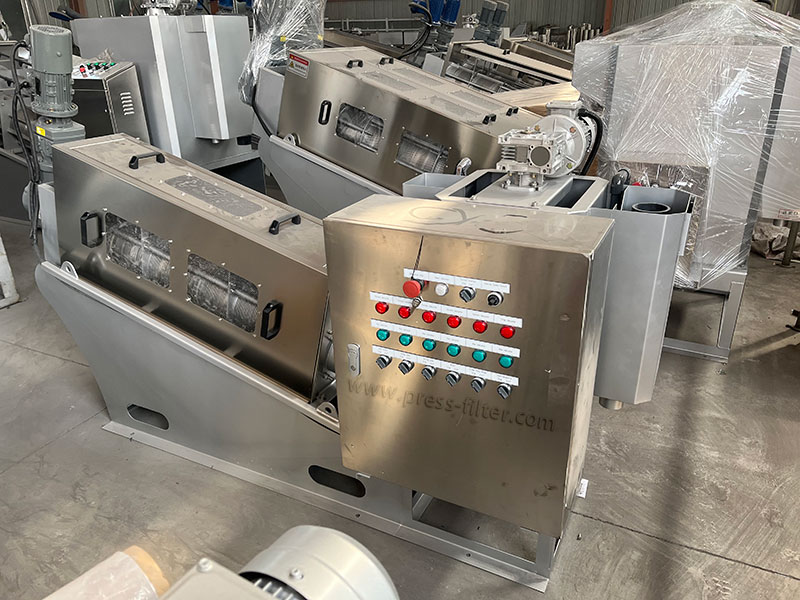The Application of Screw Press in Coking Wastewater
Coal resources are abundant in my country and widely distributed. Coal chemical enterprises are enterprises that use coal as a basis and process and produce various chemicals through chemical methods. In the production process, a large amount of water is consumed for coke quenching, syngas purification and washing, process gas condensation, and methanol distillation. It is a high water consumption industry and is also a major wastewater generator. The harmless treatment and resource utilization of wastewater have become key issues that need to be solved urgently for the high-quality development of coal chemical enterprises. This article will introduce the application of screw press in coking wastewater.
What is Coking Wastewater?
Coal coking is a process in which coal is used as the base, without contact with air, and at a temperature of 500 to 1000°C to produce coke through processes such as drying, pyrolysis, melting, and solidification. In the process of wet coke quenching, a large amount of sewage will be produced, which contains pollutants such as suspended solids, phenols, and cyanide. At the same time, during the gas purification process, the water vapor, benzene, sulfide and hydrocarbon substances contained in it will be dissolved in the water and discharged with the wastewater. In addition, a large amount of wastewater will also be produced during the purification processes, such as gas desulfurization, ammonia washing, and benzene washing. In addition to containing large amounts of phenols, ammonia nitrogen, and cyanide, coking wastewater also contains small amounts of refractory organic matter such as benzene, thiophene, and pyridine.
Working Principle of Screw Press
The screw press uses the principle of screw extrusion to dehydrate sludge. As the screw pitch gradually becomes smaller, the squeezing force generated between the screw and the back pressure plate causes the water to be discharged through the tiny gap between the fixed ring and the moving ring. The screw press is composed of stacked screws. It consists of the body, driving device, filtrate tank, flocculation tank, frame body, etc. The laminated spiral body is composed of a fixed ring, a moving ring, a spiral shaft, a screw, a gasket, a connecting plate, etc. The fixed ring and the moving ring are stacked on each other, and the spiral shaft runs through them to form the main body of the filter.
Sludge dehydration in a screw press is divided into two steps: concentration and dehydration. The sludge flows from the flocculation tank through the pipe into the spiral body. As the spiral shaft in the spiral body rotates, multiple solid and active laminations move relative to each other. Under gravity Under the action, water is filtered out from the gaps between the solid and active laminations to achieve a concentration of sludge. The concentrated sludge continues to move forward as the spiral shaft rotates. Along the mud cake outlet direction, the pitch of the spiral shaft gradually becomes smaller, the gap between the rings also gradually becomes smaller, and the volume of the spiral cavity continues to shrink. Under the action of the back pressure plate at the outlet, the internal pressure gradually increases. Driven by the continuous operation of the screw shaft, the water in the sludge is extruded and discharged. The solid content of the filter cake continues to increase, and finally, the continuous dehydration of the sludge is achieved.
Screw Press Operation Process
- Before starting the machine for the first time, check and confirm the oil level of the reducer to prevent a lack of oil from burning the reducer. Open the screw press to confirm that the screw shaft is rotating forward, check whether the water flushing system is normal, check that the distance between the back pressure plates is not less than 5 mm, and the debris in the sludge conveying pipe, flocculation mixing tank, and filtrate discharge pipe must be flushed. Confirm that the interlock control between the screw press control cabinet and the sludge feed pump, dosing device, and flushing device is normal.
- Before the screw press enters the mud, the sludge and flocculant must be tested for flocculation effect to determine the concentration of the agent, and the dosage should be based on the optimal concentration of the agent. Within the processing capacity of the screw press, the sludge input amount is adjusted by adjusting the sludge pump motor frequency.
- Observe the flocculation status of the flocculation tank of the screw press, and fine-tune the dosage and sludge amount at any time to ensure that the sludge flocs are lumpy and dense. The moisture content of the mud cake can be adjusted by adjusting the distance between the back pressure plates. Set the screw shaft speed to 2 to 3 r/min. Check that the filtrate is clear and not sticky, indicating that the flocculant is not excessive, the flocculation effect is good, and there is no mud.
- Press the stop button to stop, rinse the sludge on the screw press, and turn off the power.
Conclusion
A screw press is used to process coked sludge. By debugging the PAM agent concentration and adjusting the distance between the back pressure plates of the screw press, the moisture content of the mud cake is significantly reduced, the filtrate is clearer, the sludge recovery rate is increased, and the operating costs are significantly reduced, saving manpower and material resources. When the sludge is transported to the coal preparation workshop for coal blending, the phenomenon of sludge sticking to the belt no longer occurs. It is efficient and feasible to use a screw press to process coked biological sludge.





